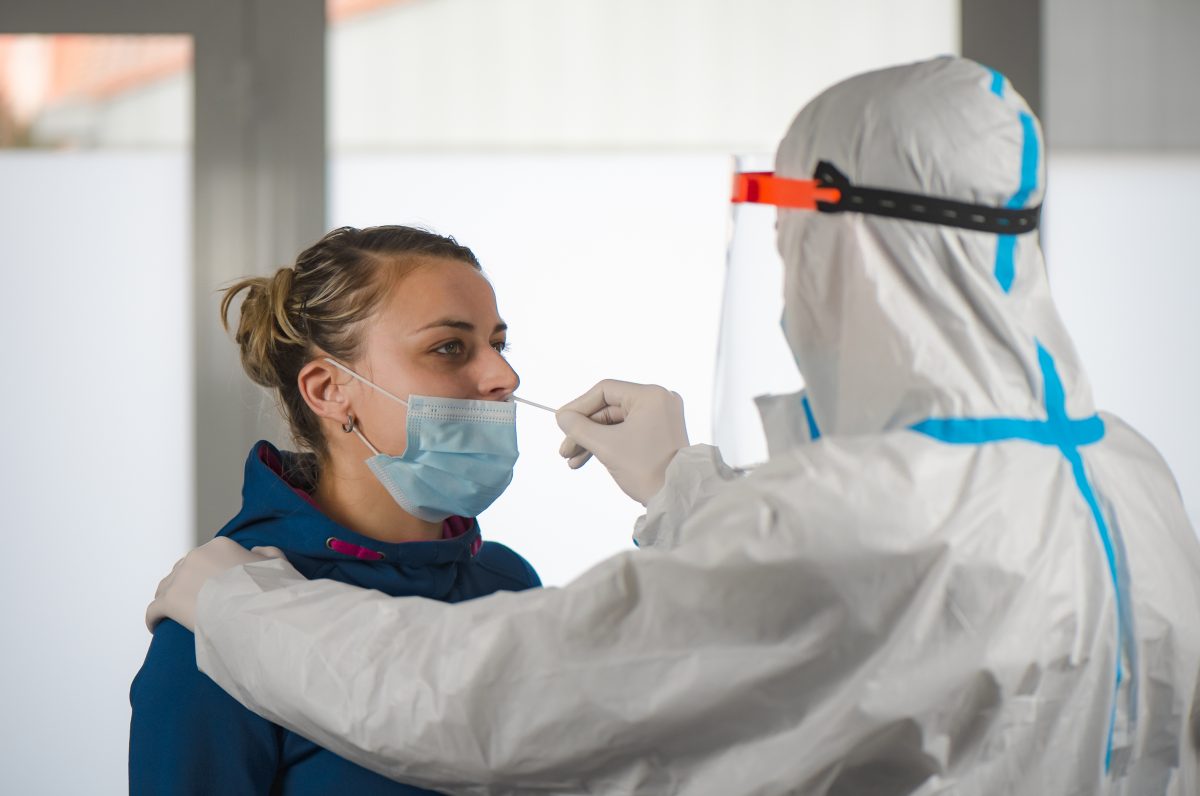Colleges have been trying to stop COVID-19 from spreading on campus, and after a year of experimentation, failure, and success, officials may have found their way. Campuses are combining widespread testing, a reduction in social activities, limited in-person classes, and altered schedules to avoid shutting down campuses like many did last fall.
Colleges do deserve credit for learning on-the-fly. They’ve gotten better at testing students, building capacity for testing, and figuring out what works to slow the spread of COVID-19.
Some changes sound more dramatic than they are in practice. An example is the growing use of sequestration, which has been tried at the University of Maryland, the University of California-Berkeley, and the University of Massachusetts at Amherst, among others.
Sequestration keeps students in their dorms or campus apartments and restricts them from leaving unless it’s for meals, a COVID-19 test, or to get medical attention. Sequestration is more of a formalized “lockdown” that campus officials would declare when students returned to campus or when cases would spike.
The details of sequestration vary from campus to campus. At UC-Berkeley, students must self-sequester:
- when they move in
- when they return from a trip
- if they are exposed to COVID-19
- if health services ask them
Students must sequester for 10 days after receiving notice.
Other schools, such as the University of Maryland, order students to sequester when a surge in COVID-19 cases happens. At Maryland, the sequestration period is longer: 14 days.
The sequester experiment isn’t always useful, however. Campus officials can’t monitor all students and whether they are socializing or wearing masks outside their rooms. The sequester order depends upon student cooperation.
Some campuses, however, treat it as a mandate with punishments for breaking the rules. At UC-Berkeley, the university has hired officers to keep students in their dorms. The campus “security officers monitor residence buildings” and “outdoor exercise is banned due to coronavirus concerns,” a press release noted. The sequestration was set to end Monday, February 8, but has been extended due to a spike in positive cases. More than 200 students, staff, and faculty have tested positive for COVID-19 since the end of January on Berkeley’s campus.
UC-Irvine also mandated a sequester, stating that students must self-sequester before classes resumed and restricting them to “pods” formed within their dorms. “Failure to comply with these requirements will result in disciplinary action. Some restrictions will continue beyond the sequestration period,” vice-chancellor of student affairs Willie L. Banks, Jr. said in a campus message.
The effects of sequestration depend on how the university administration enforces it. If they don’t enforce it with punishments, it may not make a difference. But it differs from some lockdown policies of the past that meant students had to move off-campus and return to remote learning.
Universities use sequestration to avoid canceling in-person classes and sending students home. As a result, sequestration may become more common in the near future.
Colleges have also changed their academic calendars, shortening spring break or delaying it so students can stay on campus and avoid travel. At North Carolina State University, administrators created “wellness days” that give students the day off and ask professors not to require assignments as an alternative to spring break. Students stay on campus but get a free day (though professors have not always spared students an exam or assignment on a wellness day).
On-campus testing has also become common so colleges can isolate students with COVID-19 before they can infect others.
The University of Illinois Urbana-Champaign created a COVID-19 testing method, required students to be tested twice a week, and blocked students from accessing campus buildings if they tested positive. As a result, they had no major outbreaks, hospitalizations, or deaths during the fall semester.
The plan worked because campus leaders included students in the decision-making process and depended upon them for cooperation, the Chicago Sun-Times reported. Student buy-in can make or break COVID-19 protocols, and top-down enforcement can cause some students to flaunt the rules.
Until COVID-19 vaccines are more widely available, campuses will continue to change their policies to try and prevent the spread of COVID-19. Getting student feedback is crucial, as the University of Illinois shows. Punishing students who disregard the rules may help, but getting student support will make sequestration and other restrictions more bearable.
Megan Zogby is a Martin Center intern.

